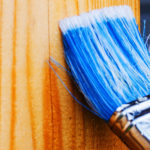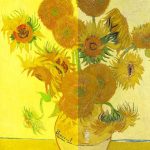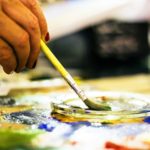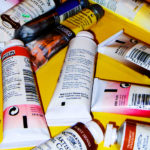In modern design and manufacturing, precision is critical. Whether it is creating and producing custom labels or packaging, the demand for precision in cutting and shaping materials has never been higher. This demand has led to the rise of digital die cutting, a technology that has transformed the landscape of design and production.








